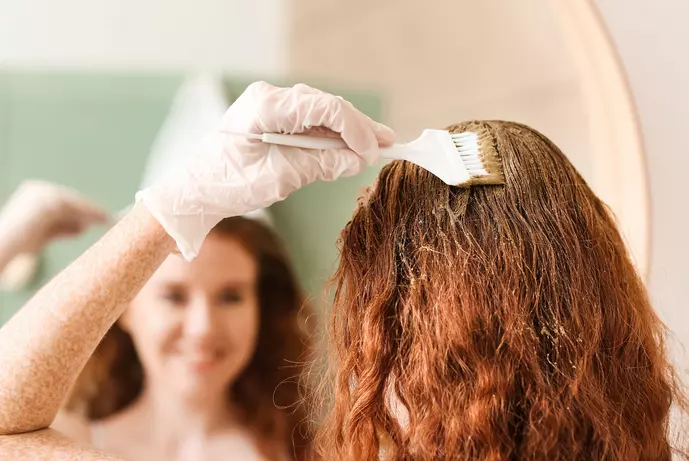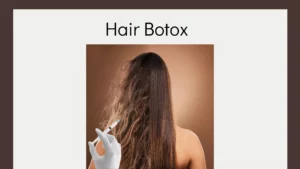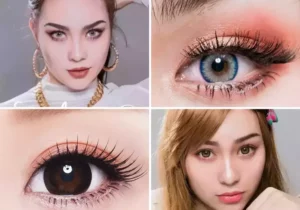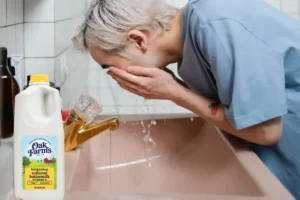Dying your hair is exciting, who doesn’t like upgrading their look? But what happens when the color doesn’t come out just right? You must tone it! Toning hair at home is possible and a popular choice for those who want to maintain or enhance their hair color without visiting a salon. Toning your hair can correct your hair color mishaps and it’s a lot easier to do than dying or bleaching your hair at home.
Toning Hair at Home
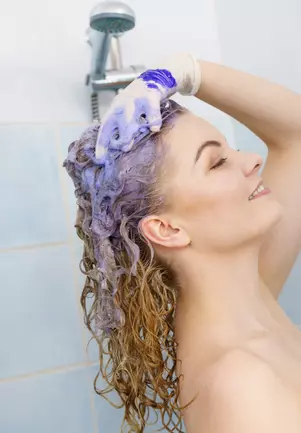
Toning your hair at home is a convenient and cost-effective way to maintain your hair color when it fades, fix unexpected, undesired tones, or to experiment with new shades. Before diving into the toning process, it’s crucial to understand the basics:
How To Tone Hair at Home
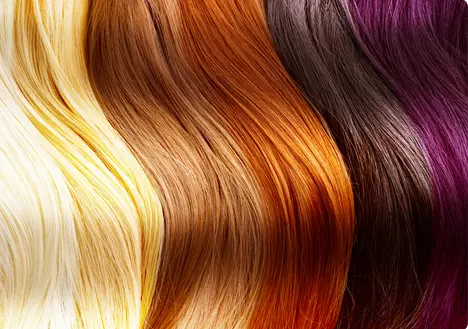
Step 1: Choose the Right Toner
Selecting the appropriate toner for your hair is essential. Determine whether you need a toner to neutralize brassy tones or to enhance cool undertones. Consider your hair’s current shade and desired outcome to find the perfect toner.
Brassy Hair
When it comes to toning brassy hair, purple or blue toners are commonly used to neutralize the unwanted warm tones. A blue or purple toner, toning shampoo and conditioner, or hair mask can help get rid of orange, brassy tones.
Cool Hair
To enhance cool undertones (black, ash, dark brown, icy blonde) in your hair, you’ll want to look for toners that deposit cool shades into your hair. Ash toners are specifically formulated to neutralize warm tones and add coolness to the hair. Silver toners are great for achieving a cool, metallic hue. Violet toners can help make yellow blond hair more platinum.
Step 2: Prepare Your Hair
Ensure your hair is clean and free from any styling products before applying toner. Deeply cleanse your hair using a clarifying shampoo to remove any residue that could interfere with the toner’s effectiveness. You can even exfoliate your scalp with a scalp scrub to completely rid your hair of impurities. Hair should be wrung with a towel and still damp while applying toner.
Step 3: Mix the Toner
Follow the instructions on the toner packaging to mix the toner properly. Usually, toners are mixed with a developer or activator to activate the color. Pour the toner and developer into a mixing bowl and stir well until they are thoroughly combined.
Step 4: Apply the Toner
Put on the gloves to protect your hands. Section your hair into manageable sections using clips. Using the tinting brush or applicator, start applying the toner from the roots to the ends, making sure to saturate the hair evenly. Work through each section until all of your hair is completely saturated with the toner.
Step 5: Wait
The timing will vary depending on the specific toner you’re using (typically 25-45 minutes). Follow the instructions provided with the toner to determine the recommended processing time. Set a timer to ensure you don’t exceed the suggested time, as leaving the toner on for too long can result in undesired color or damage.
Step 6: Rinse, Shampoo, and Condition
Once the processing time is up, rinse your hair thoroughly with cool water until the water runs clear. Use a clarifying, moisturizing shampoo and follow up with a color-safe conditioner to moisturize and nourish your hair. Make sure to get all of the product out of your hair as you’re not going to want to wash your hair again for the next few days so the color can develop.
Can You Tone Your Hair Twice?
Toning hair at home more than once is possible and can be beneficial in certain situations, such as correcting uneven color or neutralizing stubborn brassiness. However, it’s crucial to give your hair enough time to recover between toning sessions. Over-toning can cause damage and dryness and weaken the hair fibers.
After toning, it takes time for the color to fully develop and settle into your hair. Waiting at least 2-4 weeks allows your hair to heal from the first toning procedure as well as allows the final results of the toner to develop. You can then make an informed decision about whether you need another toning session.
Of course, we’ve all been in emergency situations where we needed to re-tone ASAP (within hours or days). Unless your hair is already weak and brittle, there shouldn’t be too drastically negative results but beware, it will dry and weaken your hair.
Related: Is Rosemary Good for Hair? – Nature’s Shampoo Benefits
Best Hair Toners
Wella Color Charm Permanent Liquid Hair Toner
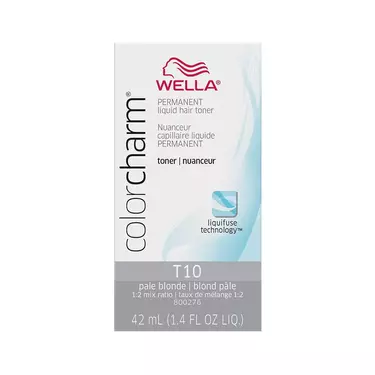
Key Highlights:
- Eliminates orange and brassy tones
- Works on a range of hair shades
- Offers excellent gray hair coverage
- Provides professional-level results at home
Fanola No Yellow Shampoo
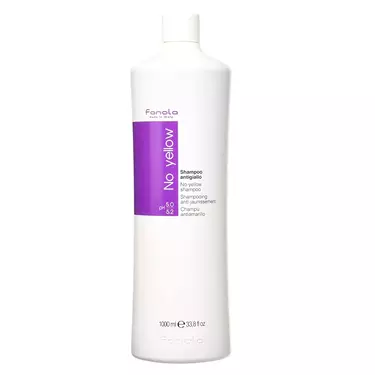
Key Highlights:
- Ideal for toning and neutralizing yellow undertones
- Suitable for bleached, highlighted, and gray hair
- Leaves hair feeling soft and manageable
- Works quickly to deliver impressive results
Manic Panic Virgin Snow Hair Toner
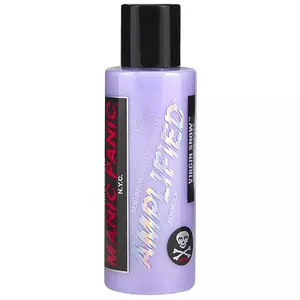
Key Highlights:
- Formulated to eliminate brassy tones
- Cruelty-free and vegan-friendly
- Helps create a stunning platinum blonde or silver hair color
- Infused with nourishing ingredients to keep hair healthy
Purple Hair Mask For Blonde, Platinum & Silver Hair by Bold Uniq
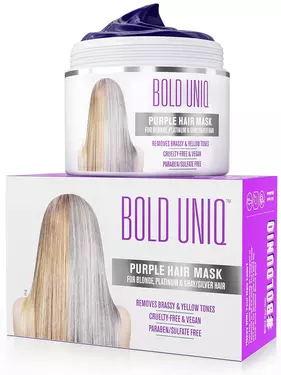
Key Highlights:
- Deeply conditions while toning hair
- Neutralizes unwanted yellow and brassy tones
- Suitable for blonde, platinum, and silver hair
- Restores vibrancy and shine
John Frieda Sheer Blonde Color Renew Tone-Correcting Shampoo/Conditioner

Key Highlights:
- Gently cleanses and corrects brassy tones
- Suitable for color-treated and natural blonde hair
- Infused with optical brighteners for enhanced radiance
- Helps preserve hair color between salon visits
Toning Hair at Home Post-Treatment Care

After toning, it’s important to take care of your hair to maintain the results. Use color-safe and sulfate-free shampoos and conditioners to help preserve the toner’s effect. It’s best to wash your hair only 2-3 times a week so it doesn’t dry out and to extend the color’s life. Try to limit heat styling and protect your hair from excessive sun exposure to prevent fading. Damage from coloring your hair is inevitable but ensuring your hair is moisturized and nourished will minimize negative effects.
Read More:
- Is Pantene Good For Your Hair? What Are The Best Shampoos
- Comb vs Brush: Which One Should You Be Using

